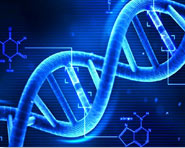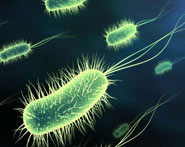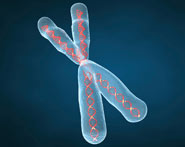


 النبات
النبات
 الحيوان
الحيوان
 الأحياء المجهرية
الأحياء المجهرية
 علم الأمراض
علم الأمراض
 التقانة الإحيائية
التقانة الإحيائية
 التقنية الحيوية المكروبية
التقنية الحيوية المكروبية
 التقنية الحياتية النانوية
التقنية الحياتية النانوية
 علم الأجنة
علم الأجنة
 الأحياء الجزيئي
الأحياء الجزيئي
 علم وظائف الأعضاء
علم وظائف الأعضاء
 الغدد
الغدد
 المضادات الحيوية
المضادات الحيوية|
Read More
Date: 4-1-2021
Date: 25-2-2021
Date: 2025-02-05
|
The diverse colours of insects are produced by the interaction of light with the cuticle and/or underlying cells or fluid by two different mechanisms. Physical (structural) colours result from light scattering, interference and diffraction, whereas pigmentary colours are due to the absorption of visible light by a range of chemicals. Often both mechanisms occur together to produce a colour different from that produced by either mechanism alone.
All physical colours derive from the cuticle and its protuberances. Interference colours, such as iridescence and ultraviolet, are produced by refraction from varyingly spaced, close reflective layers produced by microibrillar orientation within the exocuticle, or, in some beetles, the epicuticle, and by diffraction from regularly textured surfaces such as on many scales. Colours produced by light scattering depend on the size of surface irregularities relative to the wavelength of light. Thus, whites are produced by structures larger than the wavelength of light, such that all light is reflected, whereas blues are produced by irregularities that reflect only short wavelengths. The black colour on the wings of some butterflies, such as Papilio ulysses (Lepidoptera: Papilionidae), is produced by the absorption of most light by a combination of light-absorbing pigments and specially structured wing scales that prevent light from being scattered or reflected.
Insect pigments are produced in three ways:
1 by the insect’s own metabolism;
2 by sequestering from a plant source;
3 by microbial endosymbionts (rarely).
Pigments may be located in the cuticle, epidermis, haemolymph or fat body. Cuticular darkening is the most ubiquitous insect colour. This may be due to either sclerotization (unrelated to pigmentation) or the exocuticular deposition of melanins, a group of polymers that may give a black, brown, yellow or red colour. Carotenoids, ommochromes, papiliochromes and pteridines (pterins) mostly produce yellows to reds, avonoids give yellow, and tetrapyrroles (including breakdown products of porphyrins such as chlorophyll and haemoglobin) create reds, blues and greens. Quinone pigments occur in scale insects as red and yellow anthraquinones (e.g. carmine from cochineal insects), and in aphids as yellow to red to dark blue-green or black aphins.
Colours have an array of functions in addition to the obvious roles of colour patterns in sexual and defensive display. For example, the ommochromes are the main visual pigments of insect eyes, whereas black melanin, an effective screen for possibly harmful light rays, can convert light energy into heat and may act as a sink for free radicals that could otherwise damage cells .The red haemoglobins, which are widespread respiratory pigments in vertebrates, occur in a few insects, notably in some midge larvae and a few aquatic bugs, in which they have a similar respiratory function.



|
|
|
|
العمل من المنزل أو المكتب؟.. دراسة تكشف أيهما الأفضل لصحتك
|
|
|
|
|
|
|
عناكب المريخ.. ناسا ترصد ظاهرة غريبة
|
|
|
|
|
|
|
استقطاب المرضى الأجانب.. رؤية وخطط مستقبلية للعتبة الحسينية في مجال الصحة داخل العراق
|
|
|